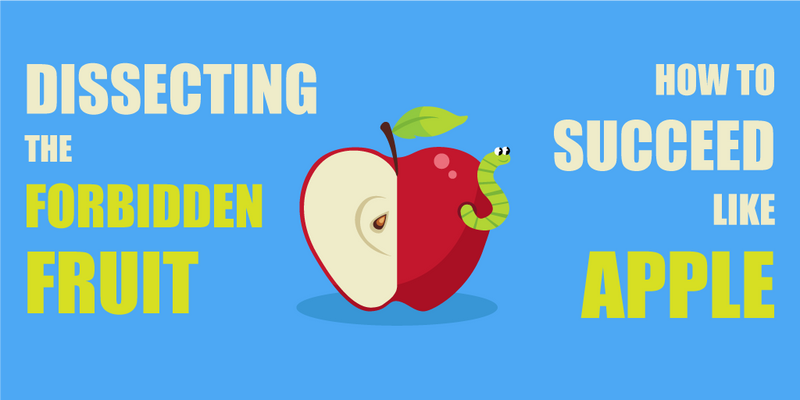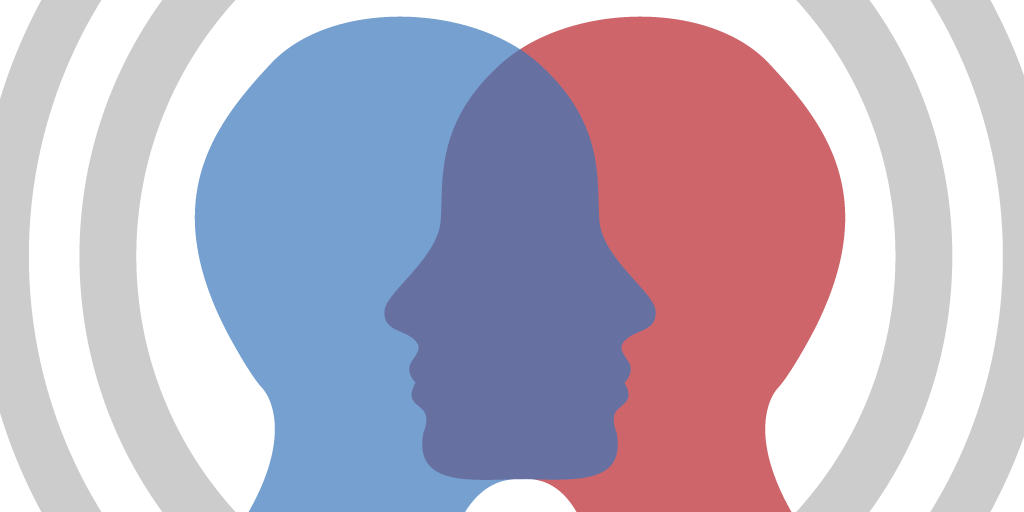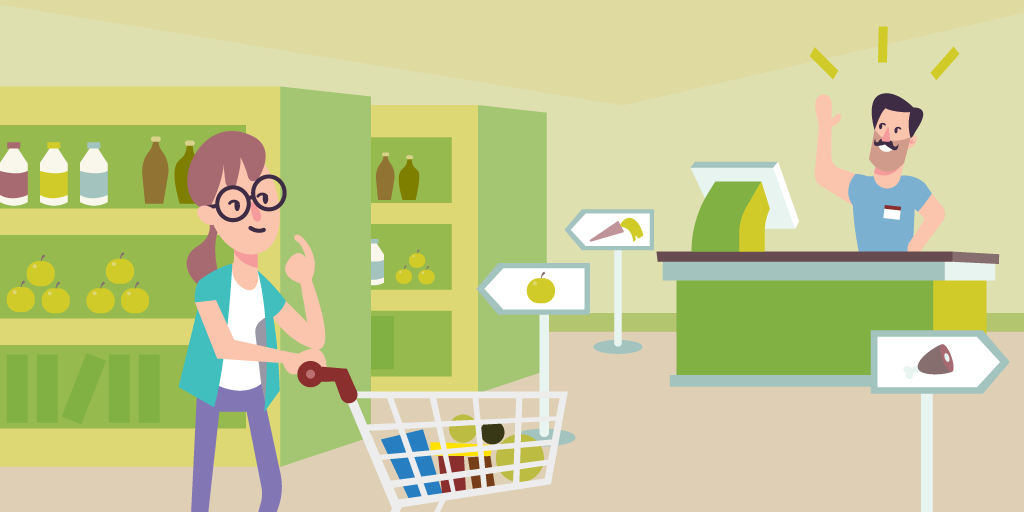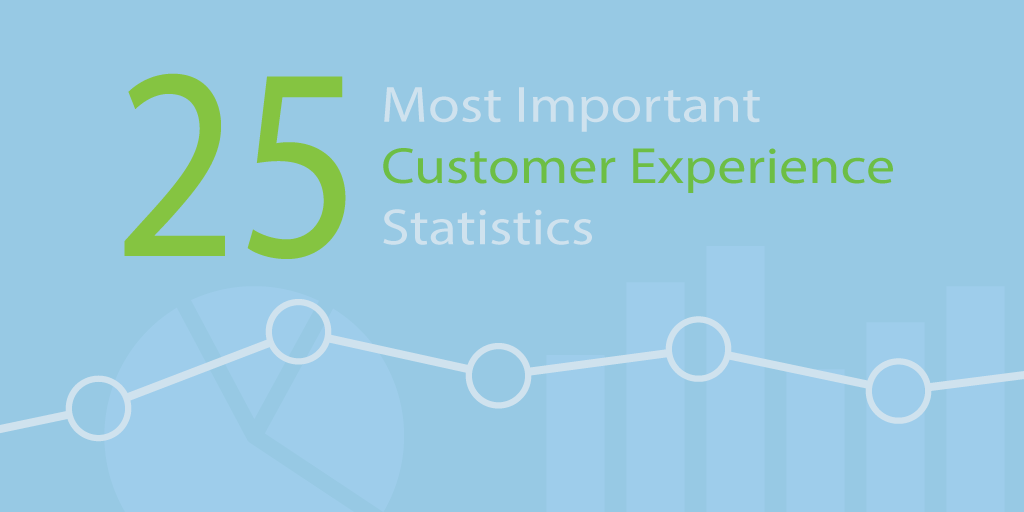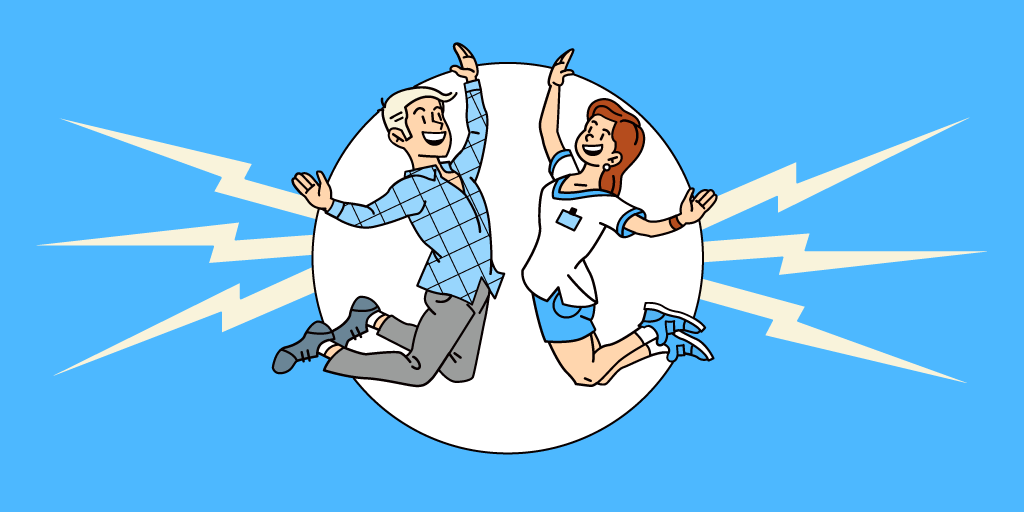Forget what the sale reports have been saying: the biggest export of Apple stores is not iPads or iPhone; it’s customer experience.
With over 420 retail points around the world and the average revenue of 5,546 per square foot of an Apple Store, Apple is the biggest inspiration for all businesses worldwide.
The question on every startup’s mind — how do we become like Apple? — will now be put to rest. Behold: the guide to becoming the Apple of your industry.
Contents
To make this guide a bit more digestible, we've divided it into several chapters. Feel free to read everything from top to bottom, or skip to the chapter that interests you the most.
Companies That Adopted Apple Mindset
Apple's Customer Service Playbook
On the Brink of Retail Revolution
Before we begin, let us remind ourselves that, ahem, copying Apple is not some fringe tactic — it’s a well-established marketing strategy for many retail and technology titans out there.
Let’s name a few.
Microsoft

Long-time Apple’s arch-nemesis, Microsoft hired George Blankenship, ex-retail executive of Apple, to help them with their retail store strategy. Here, “help” is a codeword for “copying wholesale”.
Just look: employees wearing brightly-colored shirts and using tablets, extensive play areas and a twin brother of the Genius Bar. Also, the design takes cues from Apple: spacious rooms and large glass surfaces to evoke the feeling of transparency.
Microsoft had the right idea: if you can’t beat them, join them.
Tesla

That George Blankenship we mentioned? Guess who also hired him to help with another retail store strategy. That’s right, the media darling — Tesla.
Again, we can see all the usual suspects: uncluttered floor space, touch-screen walls, customers enjoying themselves by freely interacting with products.
And the result? The Net Promoter Score of 96 out of 100, the highest in the automotive industry and on of the highest around the globe.
Disney
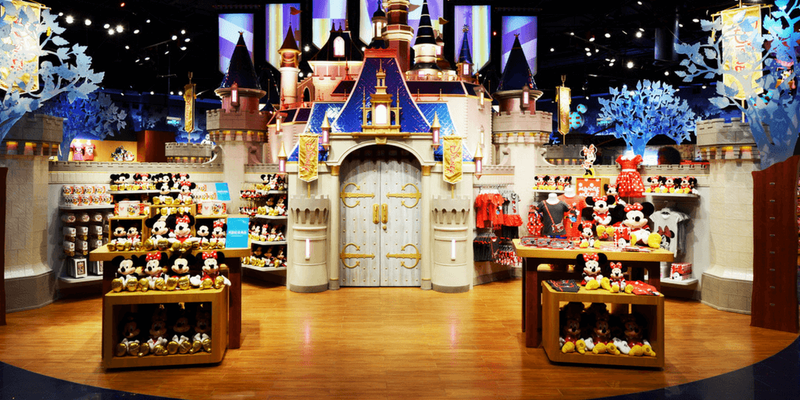
When it comes to entertainment, Disney may as well be a dictionary definition of the term. They’re the biggest players in the game of experience and excitement, with 12 theme parks around the world.
Taking inspiration from Apple’s strategy of engaging customers, Disney has workshops and events set up to entertain visitors. The key is not to sell, upsell or cross-sell, it’s to create pleasant experience.
Oh, and by the way, Steve Jobs was a Disney’s shareholder after the Pixar acquisition. Coincidence?
LEGO

Gamification of experience comes easy when you are literally in the business of providing toys. Lego stores, like Disney stores and theme parks, provide family rooms, in-store workshops, display areas — everything to make customers feel welcome.
It’s no surprise that Lego stores in most malls try to be close to an Apple Store in the area. They’re practically conjoined twins when it comes to their customer approach.
As Carmine Gallo, the author of The Apple Experience, puts it: "Apple launched a trend towards more open, uncluttered retail stores with a spacious feel and products that can actually be turned on and played with."
But influence works both way.
Apple’s own biggest influence is the Ritz Carlton hotel chain. The two concepts that Apple has copied are the Genius Bar, which is like a concierge station, and an extensive employee training program. There is a push to empower employees to be independent from managers and act on their own accord: interact with visitors without the pressure to make a sale.
But don’t let this influence talk distract you: Apple is not playing by someone else’s rules — they make the rules.
Straight From the Apple’s Playbook
Apple wouldn’t be where it was if it wasn’t for its stellar employees. But employees don’t grow on trees, right? Someone needs to teach them the ropes.
A look into Apple’s Genius Training Workbook offers a deep understanding of how much effort it takes to be on their level. This manual has been a guarded secret till now, but excerpts from it have circulated the web for quite some time.
Let’s see how Apple does its employee training.
1. Picking the Right Apples

Each Apple employee is trained in-depth before they make it out onto the floor. You need to be a true evangelist to make it into the Apple team.
The training is rigorous, there is no room for non-believers. As Ron Johnson, former SVP of retail, says: “It’s tougher to be hired at Apple than being accepted by Stanford University.”
To help prepare future Geniuses for every possible situation, there is a 14-day program that includes one-on-one training, troubleshooting exercises, learning about safety procedures, etc. The basic idea is this: there are no shortcuts to appearing knowledgeable about your products.
A Genius needs to know Apple products inside and out if they wish to stay helpful to their customers. Selling isn’t only done behind the cash register; there are infinite components leading to every transaction.
2. Three Fs of Empathy

Usually, even one F is enough to feel profound shame in yourself — much less three Fs. But not for Apple!
Apple teaches its new employees to embrace three Fs of customer empathy, and those are:
Feel
Felt
Found
Confused? This looks like a botched-up list of irregular verbs, but what you lack is context. The playbook gives a helpful rundown of how these three words can be used in a casual conversation with a customer:
Customer: This Mac is just too expensive.
Apple staff: I can see how you'd feel this way. I felt the price was a little high, but I found it's a real value because of all the built-in software and capabilities.
See what they did there? By continuously using empathetic keywords, Apple staff is able to grow closer to their customers, and appear relatable and approachable.
3. Fearless Feedback

What is with Apple and Fs, anyway? Another section in the manual covers what they call Fearless Feedback — an open dialogue between (mostly) employees that leads to positive developments.
In theory, anyway.
So how does it look in practice? A lot like passive-aggressive robot-speak. A direct quote:
"Hi, fellow Genius. I overheard your conversation with your customer during the last interaction and I have some feedback if you have a moment. Is this a good time?"
"Yes, this is a good time."
"You did a great job resolving the customer's iPhone issue. I was concerned with how quickly you spoke to the customer. It seemed like you were rushing through the interaction, and the customer had additional questions."
Who knew Alexa was a trained Genius?
To be fair, as the Gizmodo article points out, Apple employees were never required to act this way on the floor, only during the training exercises. A former Genius even goes as far as to say: “If someone had Fearless Feedback, we'd listen, but then afterwards I'd have this uncontrollable urge to punch them in the face.”
While Fearless Feedback may be perhaps a tad too robotic, the intent behind it is obvious: feedback is good, and there’s no way to improve without it.
4. Social Cues for Robots

Being a functioning adult able is something you learn. And while most people are self-taught in the important discipline of “I wonder how this person is feeling right now?”, Apple doesn’t take any chances.
The training manual goes into exhaustive detail on how to recognize certain gestures and understand what they imply. For example, short breaths, fist-like gestures and utterances of “Tsk!” are all signs of frustration. On the other hand, a tilted head and stroking chin point to a customer evaluating their choices.
This may sound outright cartoonish (stroking chin, really?) until we see and pick up on these gestures in our everyday activities. When it comes down to it, the emotional state of most people isn’t that hard to crack.
(And yes, many of us do tend to stroke our chin when thinking.)
Knowing when your customer is open to a conversation and when they’re on the defensive is a huge step toward being more empathetic.
5. Sell the APPLE Way

Here’s a good way to sum up the entire manual — a section on how to sell your products the Apple way.
Oh wait, it’s not “Apple”, it’s “A.P.P.L.E.”:
A — Approach customers with a personalized, warm welcome.
P — Probe politely to understand all the customer's needs.
P — Present a solution for the customer to take home today.
L — Listen for and resolve any issues or concerns.
E — End with a fond farewell and an invitation to return.
While you can’t always break down a customer experience like that, the principle still stands: a good experience is a matter of guiding the interaction.
You Are Not Alone: How Apple Store Reduces Wait Time
Wait time is a vital part of customer experience, especially in our ADHD times. Making a customer wait even a second too long is a surefire way of scaring them away.
Apple knows it like no other retail store.
Carmine Gallo, whom we’ve mentioned before, describes his experience of going to an Apple Store. It could very well have turned out a disaster, but thanks to the expert customer service at Apple, the crisis was averted.
Despite waiting eight minutes before managing to speak to a manager, Carmine barely noticed time flying because, as he put it, employees were trained to “reset internal clocks”. This is based on a bio-psychological axiom: the perception of time is closely linked to the emotional state of a person.
Which means that our perception of how much time has passed is not objective. If we are frustrated, one minute turns into five minutes. And vice versa — a pleasant experience can turn eight minutes into no time at all.
During his visit to an Apple Store, Carmine experienced not one, but four internal clock resets while waiting for a manager.

First reset: an employee greeted him, noted his name, and assigned a “specialist” to help him.
Second reset: two minutes in, another specialist made eye contact and asked whether he had been helped.
Third reset: four minutes in, the employee from before returned to announce that the manager would be there shortly.
Fourth reset: five minutes in, another staff member approached to say that the manager is finishing up his tasks, and will be there soon.
Three minutes later, the manager showed up.
Every time an employee engaged Carmine, his “internal clock” was reset. By checking in with him and providing frequent updates, a potentially unpleasant experience was negated.
That’s the lesson from Apple Geniuses: customer service is there to make your customers have a good time — literally.
Focus on Value, Not Sales
Although the Apple manual states that “Everyone in the Apple Store is in the business of selling”, the sales themselves aren’t the main focus. The store is not a warehouse, and thus it needs to provide value beyond just merchandise.
After all, products can be purchased online, and much cheaper. More than a million customers a day visit the Apple Store, but only 1 out of every 100 of thos visiting will purchase something. And that’s despite all the convenience of an Apple Store application that makes it easier to shop around!
So why do these customers still go to Apple Stores in person? For experiences.
This is why Apple decided to, for example, call their store areas “Town Squares” — the point is to emphasize their focus on building the sense of community. Apple Stores become a place for people to gather and interact, for kids to play games, and for everyone to have a good time.
The retail industry needs to learn to value the experience of their customers. It doesn’t matter whether the product is top-notch, people will turn their noses at lack of memorable, personal experiences.
And sure, this ain’t an easy road. In an interview with the Harvard Business Review, Ron Johnson says that “moving from a transaction mindset — “how do we sell more stuff?” — to a value-creation mindset will require a complete overhaul”.
But no one promised that success comes easy — even if you follow the already-covered road.

